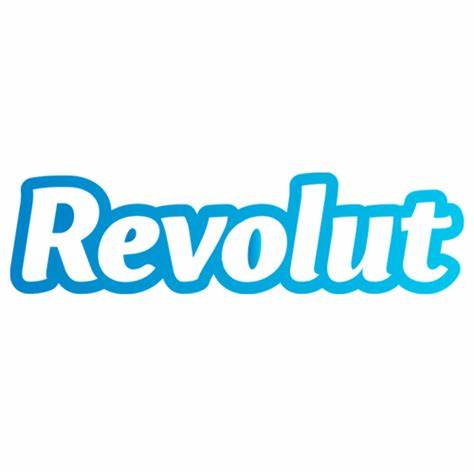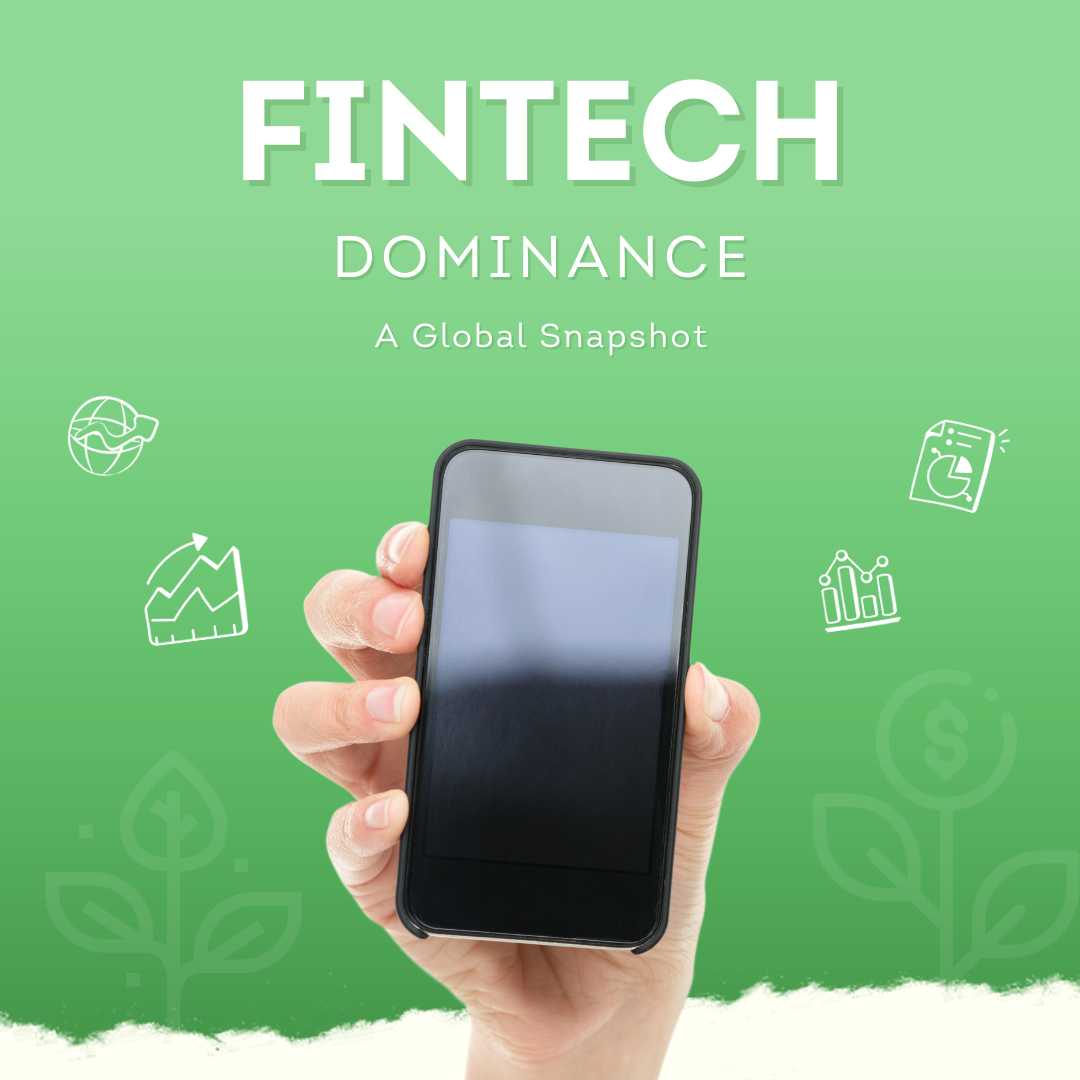Table of Contents
ToggleA New Era of Regulated Stablecoins
In July 2025, the United States enacted its first comprehensive stablecoin law – the Guiding and Establishing National Innovation for U.S. Stablecoins Act, aptly nicknamed the GENIUS Act. This law creates clear rules for issuing USD-pegged stablecoins, which are crypto tokens designed to hold a 1:1 value with the dollar. It requires issuers to hold 100% reserve backing in liquid assets (cash or Treasuries) and undergo oversight, addressing past concerns about opaque reserves. Crucially, GENIUS Act limits who can issue: only a “permitted payment stablecoin issuer” – such as a bank or a licensed nonbank – may legally issue U.S. stablecoins. Now that the legal uncertainty is gone, there’s a race brewing to launch the first fully regulated, mainstream stablecoin. Will it be traditional banks stepping in to reclaim the turf from crypto startups? Could Big Tech companies leverage their user bases to issue branded digital dollars? Or perhaps large merchants (like retail and e-commerce giants) will create stablecoins to streamline payments and cut fees? Each has motive and means, but the GENIUS Act’s details favor some players over others.
Banks: The Incumbents with an Edge
U.S. banks have largely watched the stablecoin boom from the sidelines so far. The $120+ billion stablecoin market (as of 2025) has been dominated by crypto-native firms like Tether and Circle. But with federal law in place, banks now have the regulatory green light to issue their own. Under GENIUS, any insured depository institution (i.e. bank) can issue stablecoins via a subsidiary once they get approval from their regulator. This is a straightforward path for a JPMorgan, Bank of America, or any smaller bank to create a token redeemable 1:1 for deposits. In fact, JPMorgan already pioneered an internal stablecoin (JPM Coin) in 2019 for institutional use, though it’s not public or traded. We may soon see banks launch more general-purpose tokens for corporate or even retail clients, now that reserve and disclosure rules are set. Banks’ advantages: they have the trust factor, existing customer relationships, and plenty of dollar liquidity to back a coin. A major bank coin might quickly be used for settling trades, interbank payments, or corporate treasury transfers, taking market share from current stablecoins like USDC.
However, banks also have hesitations. Stablecoins could draw deposits out of traditional accounts (customers might convert cash to tokens), which banks fear might cannibalize their deposit base. Yet some banks will figure it’s better they issue the token and keep those reserves in-house than lose customers to outside stablecoins. We might first see consortium efforts – for example, multiple regional banks banding together on a common stablecoin to ensure interoperability (a model similar to the earlier USDF consortium of banks exploring deposit-backed tokens). Banks will also enjoy one regulatory perk: stablecoin float can be invested in Treasuries, and per the U.S. Treasury Secretary, this “win-win-win” could even lower government borrowing costs as stablecoin reserves soak up T-bills. This interest income potential (currently reaped by nonbank issuers) will attract banks. So, it’s quite plausible a U.S. bank (or group of banks) issues a federally supervised stablecoin by 2026, becoming the first out of the gate under the new law.

Big Tech & Fintech: Lightning in a Bottle?
Tech companies have long eyed digital currencies. Facebook’s ill-fated Libra (later Diem) project in 2019 signaled Big Tech ambitions in this space – which regulators promptly shot down. The GENIUS Act, importantly, does not outright ban Big Tech from issuing a coin, but it imposes a special hurdle: a public company not primarily financial (e.g. a large tech or retail firm) must get a unanimous clearance from a new Stablecoin Oversight Council, affirming the company’s coin “will not pose a material risk” to U.S. financial stability or consumer data privacy. This clause was clearly aimed at firms like Meta, Amazon, or Google – an acknowledgment of policymakers’ concern over tech giants creating private money. That said, some tech-affiliated firms are already in the game. PayPal, while not a bank, is a fintech that launched its own dollar stablecoin (PYUSD) in August 2023 under a New York state license. PayPal would qualify as a “state-qualified” issuer (via its partner Paxos) and can likely continue under the new law. In fact, PayPal’s early move arguably makes it the first Big Tech stablecoin issuer of this era, beating banks to the punch. GENIUS Act gives nonbanks like Paxos or Circle a path: they can become OCC-licensed stablecoin issuers (a new federal charter). Circle (issuer of USDC) has already signaled intent to seek such a license, and could be among the first federally approved nonbank issuers – effectively a tech-finance hybrid.
The real intrigue is Big Tech platforms like Amazon and Walmart (huge merchants, but let’s include them here) which reportedly have been exploring stablecoins. The Wall Street Journal revealed in June 2025 that Amazon and Walmart are considering launching their own stablecoins or partnering with existing issuers. Their incentive: cut out the 2-3% credit card fees on billions of dollars of transactions. A stablecoin accepted at checkout could drastically lower payment costs (blockchain transaction fees are pennies) and speed up settlement to merchants. For Amazon with its massive online ecosystem, a widely adopted “Amazon Coin” stablecoin could lock in customers and reduce reliance on banks. Same for Walmart in stores. These firms have quasi-financial arms (e.g. Walmart has a fintech venture with Ribbit Capital; Amazon has payment licenses) which might help navigate licensing. Still, due to the law’s restrictions, the likeliest route is a partnership: e.g. Walmart could team with an approved stablecoin issuer (say Circle or a bank) to issue “Walmart Dollar” where Walmart handles front-end and the partner manages reserves/regulation. This consortium approach was hinted in reports: a “consortium of merchants led by a stablecoin issuer” is one idea being floated. That would let merchants reap some benefits (perhaps sharing in interest revenues on reserves, similar to how Paxos’s consortium model works) without each needing separate approval.
What about other Big Tech, like Apple or Google? Apple has Apple Pay deeply integrated in iPhones; a stablecoin could further streamline peer-to-peer payments or App Store transactions. Google has enormous reach via Android. Both have the tech prowess to implement, but they might hesitate given regulatory scrutiny on Big Tech in finance. They might instead support these coins via their wallet apps rather than issue themselves.
Merchants: The Fee Revolutionaries
Large retailers (Walmart, Amazon, etc.) and even brands or merchant coalitions stand to gain by disintermediating card networks. Today, Visa/Mastercard fees cost U.S. merchants over $100 billion/year. Stablecoins transacting on efficient blockchains could circumvent those rails. In fact, stablecoin transactions in 2024 surpassed Visa and Mastercard combined in volume ($28 trillion), though largely in crypto trading contexts. If merchants drive consumer adoption (imagine getting loyalty points or discounts for paying with a Walmart stablecoin in the Walmart app), they could significantly erode card usage. The GENIUS Act doesn’t explicitly call out merchants, but any large retailer is likely a public company outside finance, so the same special approval would apply if they issue directly. This means merchants too might lean on partnerships. We could see something like “RetailCoin” consortium – perhaps a coin accepted at multiple big retailers, issued by a regulated fintech, with merchants collectively backing it to reduce fees.
“For merchants like Amazon or Walmart, the pain point is clear: traditional card payments come with 2–3% processing fees which add up fast on high volume transactions. Adopting a regulated stablecoin can help reduce those fees and speed up settlements.”
— Nikita Sherbina, Co-Founder & CEO, AIScreen, in comments to Industry Examiner
Another angle: Merchants as distributors rather than issuers. They might not issue their own coin, but they might be the first to widely use a regulated stablecoin for payments. For instance, if a bank or Circle issues a compliant stablecoin, Amazon could decide to accept it platform-wide, essentially giving it instant mainstream utility. That alone could “mint” the first winner. In this sense, merchants could indirectly decide who wins by choosing which stablecoin to integrate at checkout – be it a bank coin or a tech coin.
GENIUS Act Guardrails
It’s worth noting the law imposes strict consumer protections: issuers can’t offer interest on stablecoin balances (so no pseudo-bank accounts) and must abide by KYC/AML rules. It also doesn’t (yet) guarantee stablecoin issuers access to Federal Reserve accounts, meaning they may still need banking partners. This preserves some advantage for banks, who already have Fed access and can more directly clear funds. Nonbanks might remain reliant on partner banks for settlement, at least initially. This dynamic suggests bank-led stablecoins could get to market faster under regulatory blessings, whereas Big Tech/merchants will need to navigate approvals or alliances.
“Under the new law, stablecoin issuers earn interest on reserves—usually invested in T-bills—while users don’t get yield directly. This can lower overall payment costs for merchants and reduce friction. The key is to ensure the reserves are fully backed and auditable so both merchants and consumers are protected.”
— Sherbina, speaking to Industry Examiner
Who Issues First?
As of late 2025, PayPal’s stablecoin is already live, though under state oversight. The first newly licensed coin under GENIUS Act could come from Circle, which has public, audited reserves and is seeking a federal license – they might simply transition USDC into the new regime and claim first-mover status. Among banks, don’t be surprised if a fintech-friendly bank (like Silvergate was, or its successors) or a major custodian bank (like BNY Mellon or State Street) issues one quickly to serve institutional clients hungry for on-chain dollars. As Sherbina told Industry Examiner, “Early movers will likely be federally licensed issuers or banks or merchant-consortium coins. Public signals will be license approvals, coin announcements and integrations with major wallets or checkout systems.” On the Big Tech front, Meta (Facebook) has notably been quiet post-Diem, but Senators like Elizabeth Warren have already grilled Meta if it’s revisiting stablecoins after the law passed. Meta says no active plans, but Novi wallet groundwork is there; a stablecoin integrated with WhatsApp or Instagram shopping could be huge – if they dared pursue approval. Apple and Google may hold off issuing, but they’ll ensure their devices and wallets support the winners (Apple’s Wallet could hold stablecoins much as it does Apple Cash; Google Pay could incorporate them).
The likely scenario is a tiered emergence: regulated fintech issuers and banks first, Big Tech and merchants following via partnerships or once precedent is set. Over 2026-2027, we may see 2-3 major dollar stablecoins emerge: perhaps a “USD BankCoin” (consortium of several banks), a Circle/PayPal-type coin dominating crypto and fintech usage, and maybe a “RetailCoin” backed by a merchant coalition for payments. Card networks themselves might even join the fray – Visa has been experimenting with settling transactions in USDC on Ethereum. If you can’t beat ’em, join ’em: Visa and Mastercard could integrate stablecoins into their networks for faster settlement (Visa’s CEO said they have to adapt or face lower fees long-term). In any case, consumers likely won’t mind who issues the coin as long as it’s safe and dollar-equivalent. They’ll care about convenience and incentives – which is where Big Tech and merchants, with their UX prowess and rewards programs, could outcompete banks on adoption.
Bottom line
The GENIUS Act flung open the doors for mainstream stablecoins and simultaneously set up a competition between financial institutions and tech/commerce firms. Banks have the early regulatory edge and trust; Big Tech and big merchants have the user base and motivation to cut costs. In the first innings, expect a bank or established fintech-issued coin to officially debut under the new federal framework – but the real disruption may come when an Amazon, Walmart, or Apple decides to wholeheartedly integrate stablecoins. That will signal that the era of private digital dollars has arrived, with potentially profound impacts on payments and banking. Billions in transaction fees and remittances are up for grabs. Whichever group moves shrewdly and earns regulators’ confidence will “issue first” – and possibly set the standard by which all others are measured in this brave new stablecoin world.












